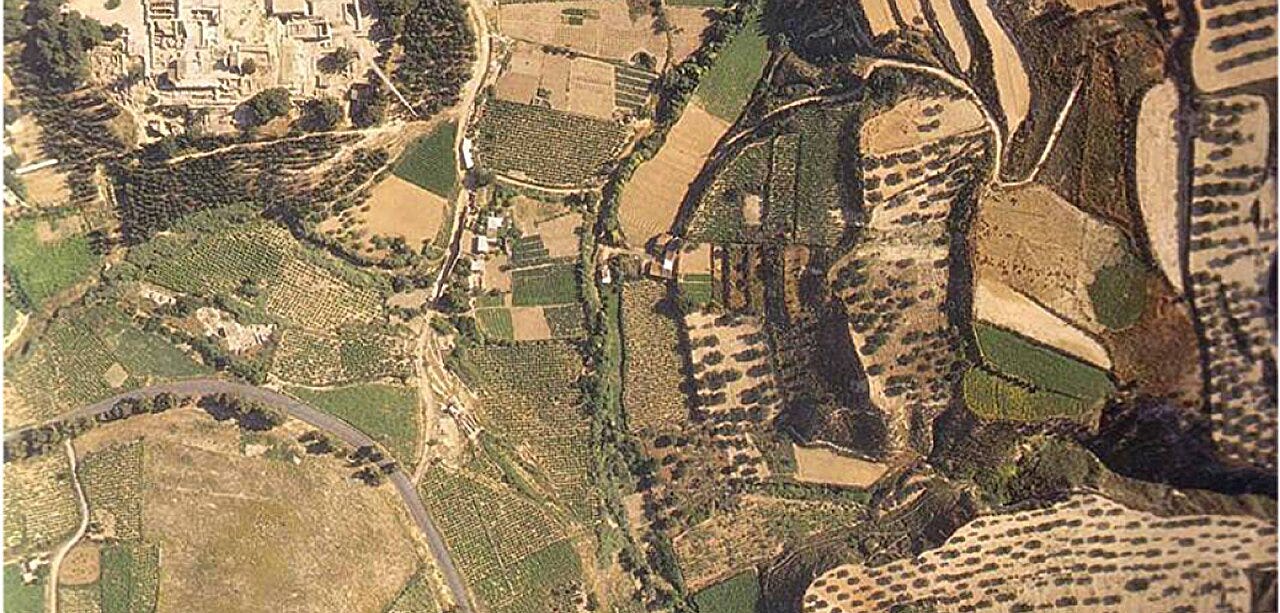For at least 10,000 years, humans have worked the land to feed families, build communities, and form civilizations. But the way those lands were used—how they were divided, worked, and governed—did more than sustain life. It shaped who got rich, who stayed poor, and how power was passed on across generations.
A new study published in Proceedings of the National Academy of Sciences offers1 one of the most detailed archaeological analyses to date of the roots of economic inequality. The researchers combed through the physical traces left behind by ancient households—47,000 of them, to be precise—spanning over 1,700 sites across the globe. The question: When did wealth begin to pool in the hands of a few, and why?
"Wealth inequality wasn’t simply the result of agriculture, or even population growth," said Amy Bogaard, an archaeologist at the University of Oxford who co-led the study.
"It crystallized when land itself became scarce—and a select few managed to monopolize it."
This study complicates the long-standing idea that inequality is a modern invention. It also dismantles the romanticized view of ancient societies as inherently egalitarian. Rather, inequality emerged when ecological limits met social opportunity—and when land, once abundant, became a battleground of resource control.
From Hoe to Plow: The Tools That Divided Households
Wealth, in the deep past, wasn’t stored in bank accounts. It was baked into the size of homes, the volume of grain bins, and the acres one could farm or irrigate.
The team, including experts from 27 institutions worldwide, used house sizes as a proxy for household wealth. The logic: bigger homes meant greater storage, labor access, and control over land. When that gap between big and small grew wide, so too did inequality.

One major pattern stood out: land-hungry farming—especially systems involving animal-powered plows—tended to generate steep economic divides. Those who could afford the oxen or manage irrigation systems had an edge. Over time, their advantage became institutionalized.
“Animal traction was transformative,” said Shadreck Chirikure of the University of Oxford.
“But it also meant that wealth, once embedded in community networks, could be concentrated into fewer hands.”
These land-intensive strategies didn’t always begin with inequality in mind. Terracing, irrigation, and plowing were often communal ventures. But as scarcity grew—due to environmental constraints or population pressures—cooperation gave way to competition. The tools of survival became the engines of hierarchy.
When Governance Intervened—Or Failed To
The story isn’t one of inevitability. While many societies tipped toward inequality, others resisted.
Places like Teotihuacan in central Mexico or Mohenjo-daro in the Indus Valley developed complex urban systems without allowing wealth to cluster in elite hands. Despite their size, archaeological evidence suggests relatively even distribution of house sizes and public investment in civic infrastructure.
"We found that governance mattered," noted archaeologist Helena Hamerow.
“Societies that invested in collective structures often buffered against runaway inequality—even when farming systems intensified.”
Such examples challenge the idea that inequality is a necessary price of complexity. Instead, they suggest that choices—about land tenure, cooperation, and redistribution—shaped whether wealth stayed shared or slipped into silos.
Lessons Buried in Deep Time
Wealth inequality today often feels like a product of modern capitalism. But its foundations were laid millennia ago, in decisions about how to plow a field or allocate water.
That long view matters. As modern societies wrestle with questions of fairness and sustainability, the archaeological record offers a sobering perspective. Inequality, once embedded, can endure for generations. But it isn’t a given.
“Studying ancient land use systems offers more than historical curiosity,” said Bogaard.
“It gives us a mirror—one that shows where competition can run unchecked, and where governance has softened its edge.”
From Bronze Age villages to early cities, the roots of inequality can be traced in stone foundations and soil layers. And as this study shows, those roots grew differently across the world—depending not just on environment, but on the social imagination of what a fair society could be.
Further Reading and Related Research
Kohler, T. A., Smith, M. E., Bogaard, A., Feinman, G. M., Peterson, C. E., Betzenhauser, A., ... & Ortman, S. G. (2017).
"Greater post-Neolithic wealth disparities in Eurasia than in North America and Mesoamerica."
Nature, 551(7682), 619–622. https://doi.org/10.1038/nature24646Smith, M. E., & Chirikure, S. (2021).
"Wealth Inequality in Ancient Societies: Cross-cultural Patterns and Implications for the Present."
Journal of Archaeological Research, 29, 371–413. https://doi.org/10.1007/s10814-020-09153-5Bowles, S., & Choi, J. K. (2013).
"Coevolution of farming and private property during the early Holocene."
Proceedings of the National Academy of Sciences, 110(22), 8830–8835. https://doi.org/10.1073/pnas.1212149110Flannery, K. V., & Marcus, J. (2012).
The Creation of Inequality: How Our Prehistoric Ancestors Set the Stage for Monarchy, Slavery, and Empire.
Harvard University Press. LinkFeinman, G. M., & Carballo, D. M. (2018).
"The Role of Collective Action in the Evolution of Pre-Modern States."
Human Nature, 29(3), 203–219. https://doi.org/10.1007/s12110-018-9314-4
Bogaard, A., Cruz, P., Fochesato, M., Birch, J., Cervantes Quequezana, G., Chirikure, S., Crema, E. R., Feinman, G. M., Green, A. S., Hamerow, H., Jin, G., Kerig, T., Lawrence, D., McCoy, M. D., Munson, J., Ortman, S. G., Petrie, C. A., & Roscoe, P. (2025). Labor, land, and the global dynamics of economic inequality. Proceedings of the National Academy of Sciences of the United States of America, 122(16), e2400694122. https://doi.org/10.1073/pnas.2400694122










Share this post